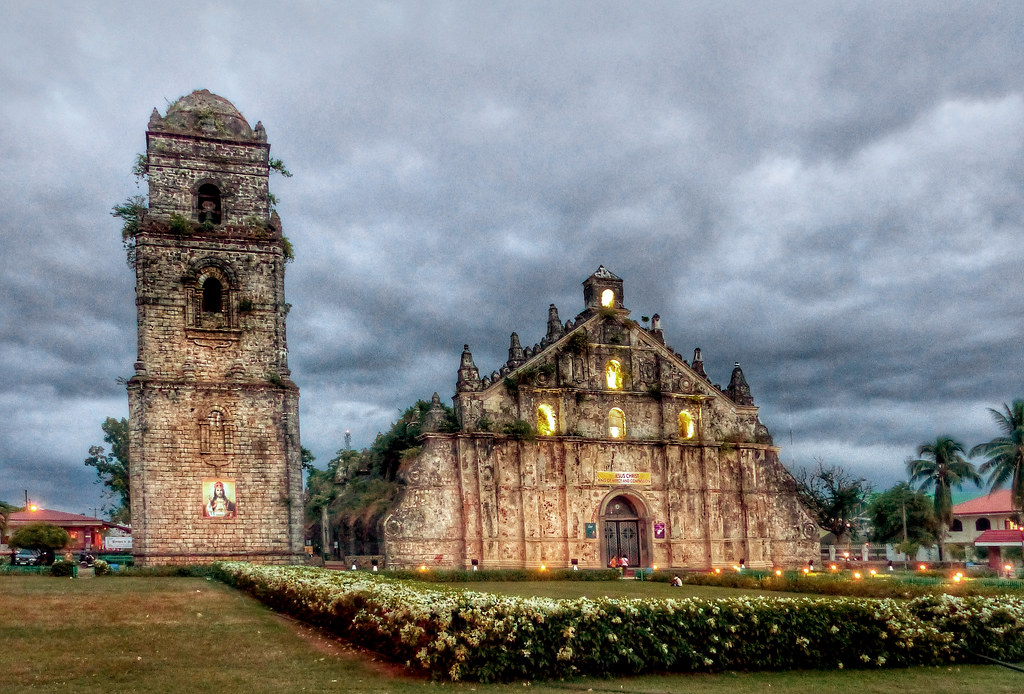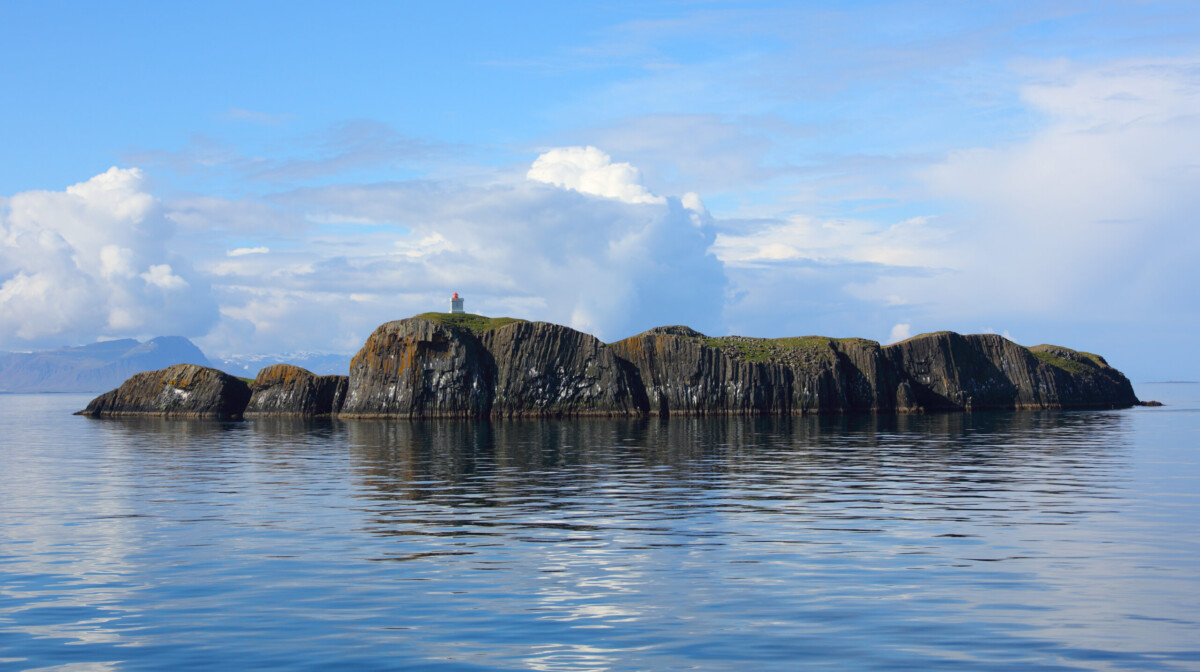A City That Predates America by Over Two Centuries
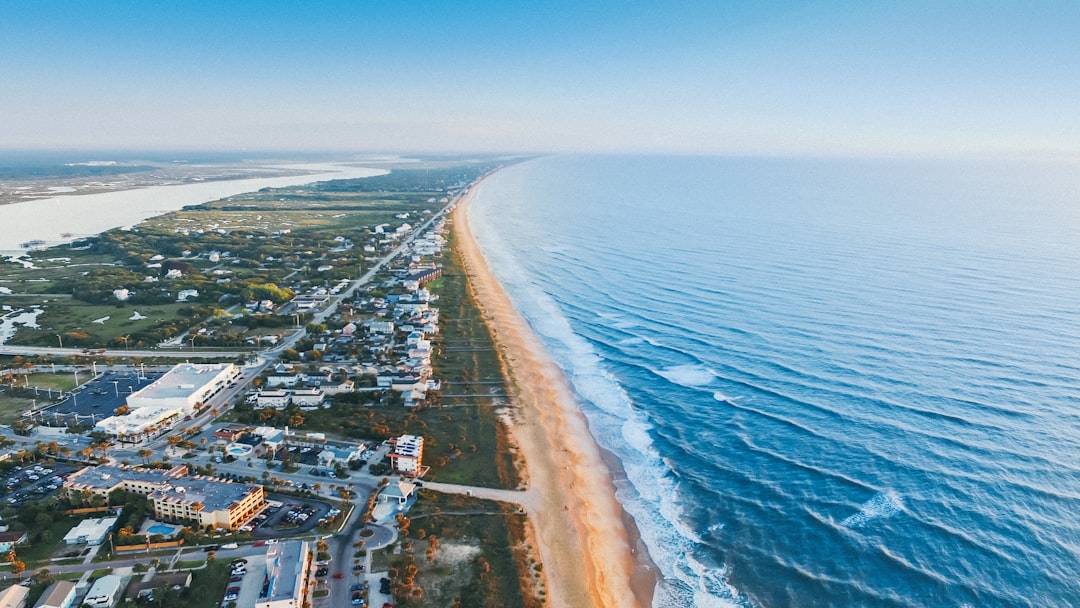
Imagine walking through streets that existed long before America was even a dream. St. Augustine, founded in September 1565 by Don Pedro Menendez de Aviles of Spain, is the longest continually inhabited European-founded city in the United States – more commonly called the “Nation’s Oldest City.” What blows people away is this simple fact: Forty-two years before the English colonized Jamestown and fifty-five years before the Pilgrims landed at Plymouth Rock, the Spanish established at St. Augustine this nation’s first enduring settlement. While the Continental Congress adopted the Declaration of Independence on July 4, 1776, St. Augustine had already been thriving for 211 years. More than half a century before the Pilgrims set up a colony at Plymouth Rock in Massachusetts, and 42 years before the first permanent English settlement in North America was founded at Jamestown in Virginia, the Spanish established the city of St. Augustine in the far northeastern corner of Florida. Think about that for a second – when the United States was born, St. Augustine was already older than most countries are today.
The Naming of a Settlement That Would Outlast Empires
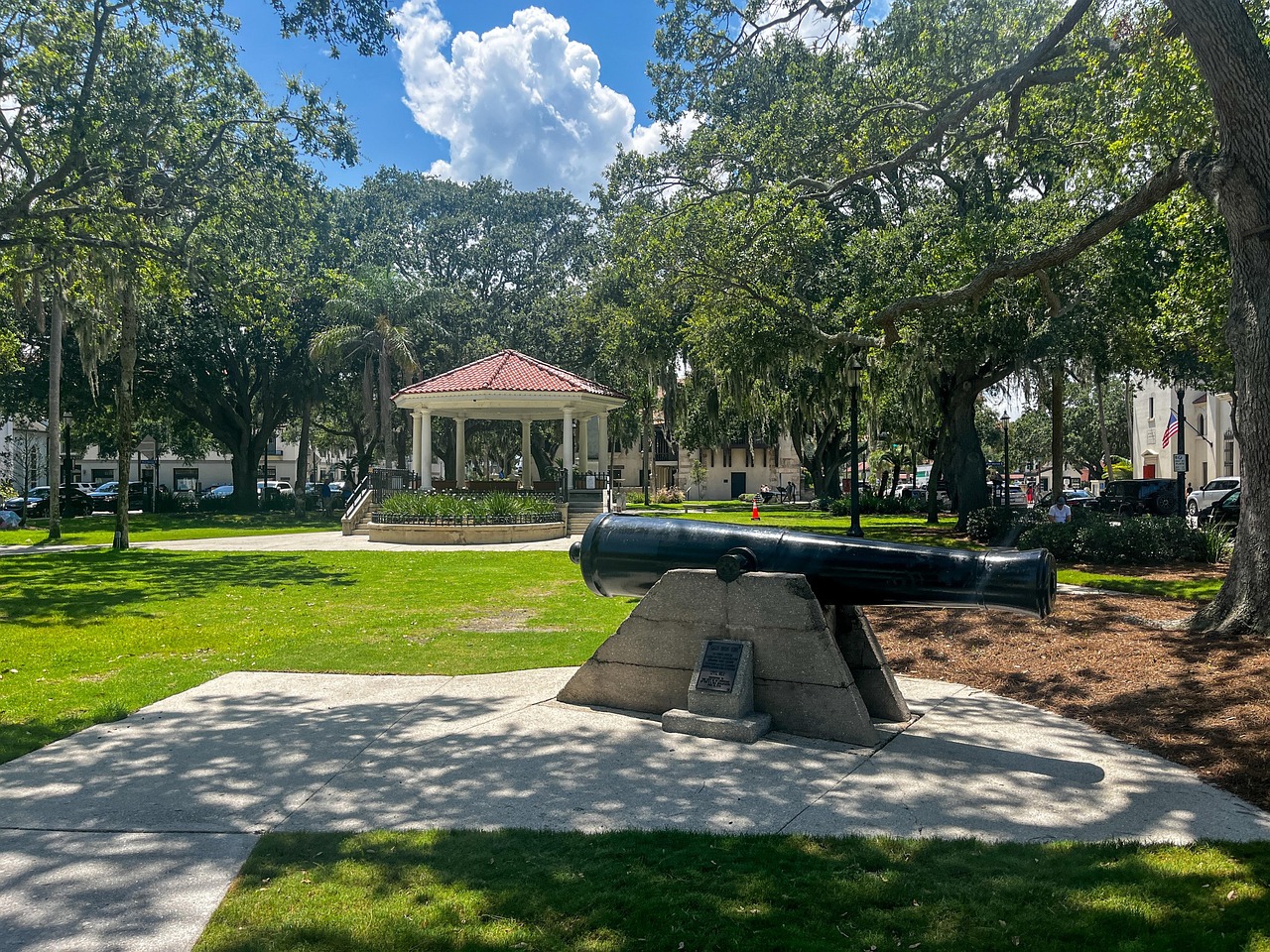
Pedro Menéndez’s ships first sighted land on August 28, 1565, the feast day of St. Augustine of Hippo. In honor of the patron saint of his home town of Avilés, he named his settlement San Agustín. He named the settlement San Agustín, because his ships bearing settlers, troops, and supplies from Spain had first sighted land in Florida eleven days earlier on August 28, the feast day of St. Augustine. On September 8, 1565, with much pomp and circumstance and 600 voyagers cheering, Menéndez set foot on the shores of Florida. In honor of the saint whose feast day fell on the day he first sighted land, Menéndez named the colonial settlement St. Augustine. What’s fascinating is how a random calendar date would determine the name of what would become America’s oldest city. The Spanish had no idea they were creating something that would survive longer than their own empire.
The Strategic Mission That Changed Everything
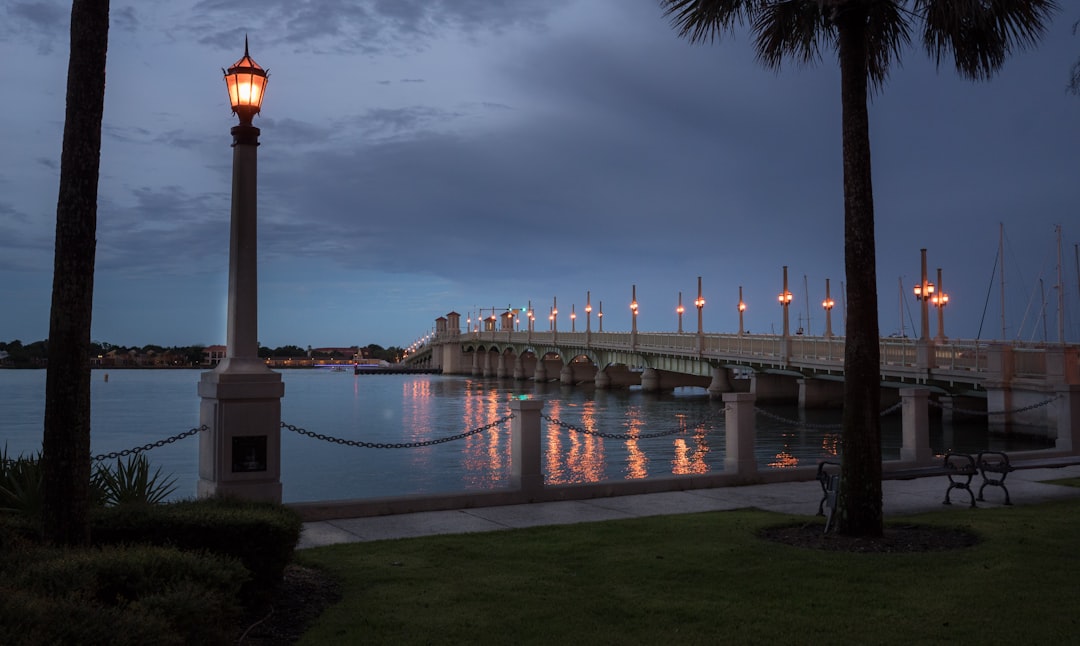
Menendez was sent to the New World by King Philip II of Spain, with missions to rid Florida of the French and establish fortified Spanish settlements along the coast. He founded St. Augustine as his base. The Spanish Crown issued an asiento to Menéndez, signed by King Philip II on March 20, 1565, granting him various titles, including that of adelantado of Florida, and expansive privileges to exploit the lands in the vast territory of Spanish Florida, called La Florida by the Spaniards. This contract directed Menéndez to explore the region’s Atlantic coast and report on its features, with the object of finding a suitable location to establish a permanent settlement from which the Spanish treasure fleet could be defended and Spain’s claimed territories in North America protected against incursions by other European powers. St. Augustine was to serve two purposes: as a military outpost, or Presidio, for the defense of Florida, and a base for Catholic missionary settlements throughout the southeastern part of North America. The Spanish weren’t just exploring – they were building an empire, and St. Augustine became their northern fortress. This settlement posed a threat to the Spanish fleets that sailed the Gulf Stream beside the east coast of Florida, carrying treasure from Central and South America to Spain.
America’s First Thanksgiving Actually Happened Here

Here’s something that’ll shock most Americans: In fact, many historians believe that the first Thanksgiving was a feast in St. Augustine. Some 50 years before the pilgrims broke bread with the Wampanoags in Plymouth, Mass., Spanish colonists sat down for a meal of shellfish, alligator, tortoise and wild turkey with members of Florida’s Timucua tribe. The Spanish held a religious ceremony and a meal with local Native Americans, which some historians consider the first communal Thanksgiving in what is now the United States. Menéndez first made landfall in “la Florida” on August 28, 1565, Augustin’s Feast Day, and 11 days later held a thanksgiving mass — our country’s first Thanksgiving, the one with salt pork and hardtack. Still, Menendez hosted a Thanksgiving “feast” in 1565 — a feast that largely consisted of the same foods those aboard the San Pelayo had eaten during their crossing: garbanzo beans, salted pork, hardtack, and red wine. Plymouth gets all the credit, but St. Augustine had the original Thanksgiving dinner – complete with alligator on the menu.
The Fortress That Never Fell
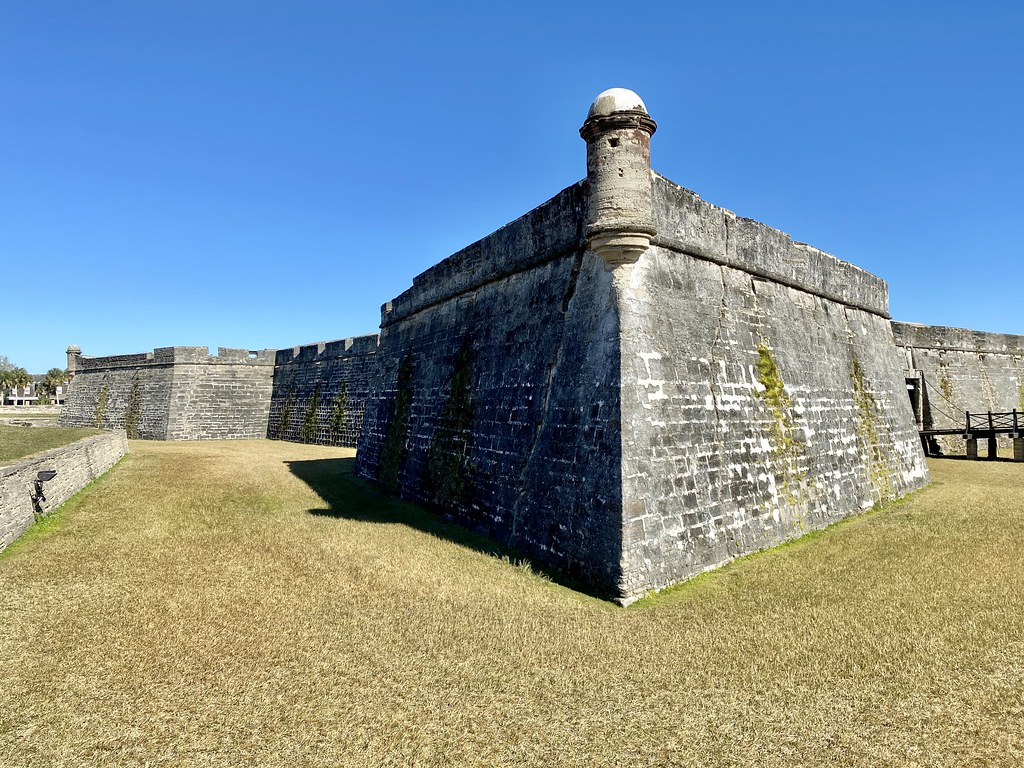
It was designed by the Spanish engineer Ignacio Daza, with construction beginning in 1672, 107 years after the city’s founding by Spanish Admiral and conquistador Pedro Menéndez de Avilés, when Florida was part of the Spanish Empire. The construction of the core of the current fortress was completed in 1695, although it would undergo many alterations and renovations over the centuries. It is a National Monument, more than 327 years old, and is the oldest structure in St. Augustine. Construction began on the Castillo de San Marcos in 1672 and lasted 23 years until 1695. The fort came under fire for the first time in 1702. British forces, led by General Moore, burned the city but could not penetrate the Castillo’s walls. Subsequent attacks in 1728 and 1740 yielded similar results, and the British were never able to take the Ancient City by force. The Castillo de San Marcos was besieged three times but was never taken by force. Think about that – this fort withstood everything enemies could throw at it for over 200 years.
Built From Millions of Ancient Seashells
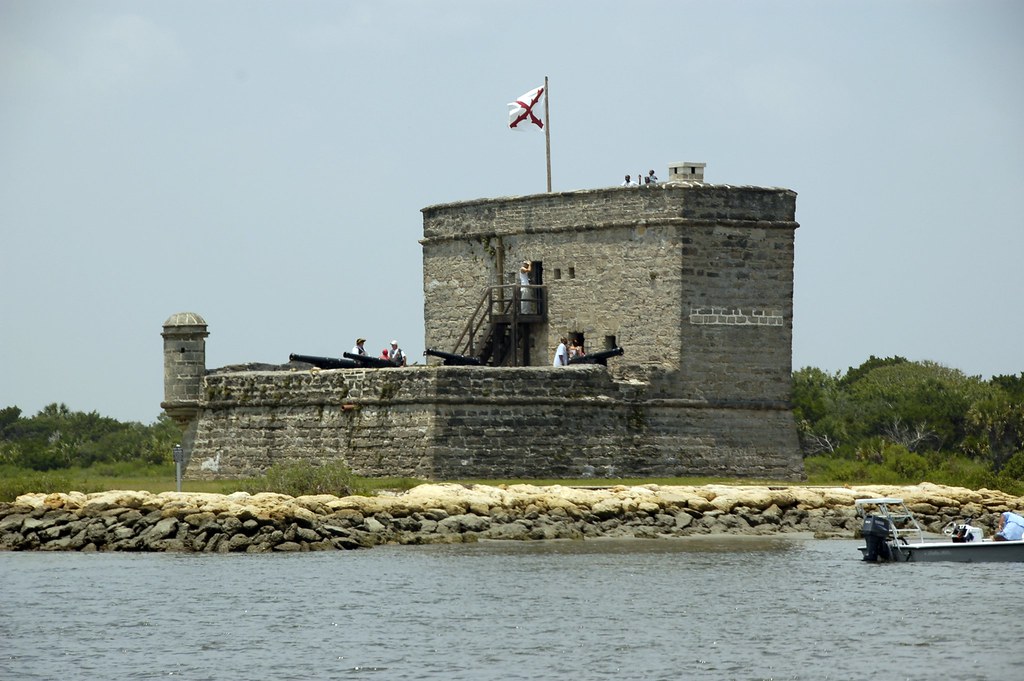
The fort was constructed of coquina rock. Unique to Florida, the rock consists of millions of seashells cemented together. It proved highly durable and easily absorbed the force of many cannon balls. This impressive star-shaped structure, built from a stone called coquina—similar to limestone, but made from small, ancient shells that were bonded together over time—occupies two and a half acres of downtown St. Augustine. What’s brilliant about this choice is that coquina actually gets stronger when hit by cannonballs – instead of shattering like regular stone, it absorbs the impact. Oyster shells were heated in kilns during construction to create a lime mortar for the coquina masonry, and the entire fort was coated with a lime stucco. The fort’s construction was ordered by Governor Francisco de la Guerra y de la Vega after a raid by the English privateer Robert Searles in 1668 that destroyed much of St. Augustine and damaged the existing wooden fort. Work proceeded under the administration of Guerra’s successor, Manuel de Cendoya in 1671, and the first coquina stones were laid in 1672.
When Pirates Ruled and Cities Burned
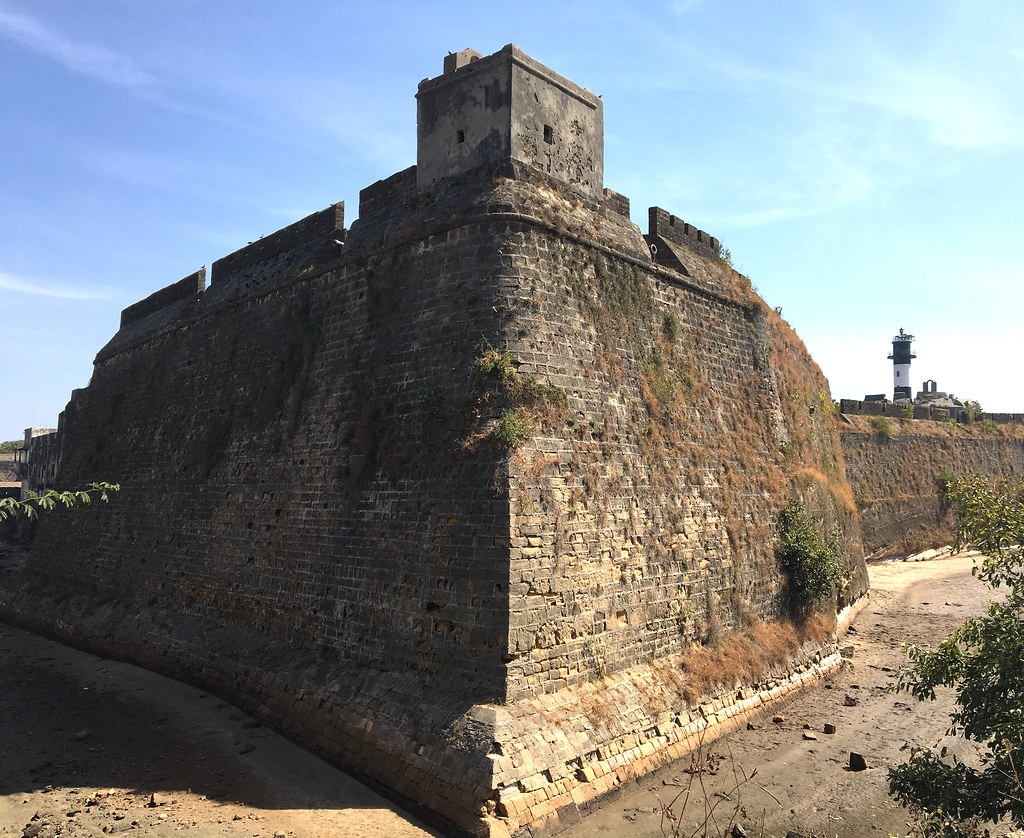
Soon after the advent of the Anglo-Spanish War in 1586, a large British fleet, led by privateer Sir Francis Drake, overwhelmed the Spanish forces in St. Augustine and the settlement was burned to the ground. Only the venerable Castillo de San Marcos, completed in the late seventeenth century, survived destruction of the city by invading British forces in 1702. And in 1668, St. Augustine was sacked again by British buccaneers which prompted the building of a permanent masonry fort which, today, is one of St. Augustine’s most iconic landmarks – the Castillo de San Marcos. The city was literally burned to the ground multiple times, yet it kept rebuilding itself. English pirates and corsairs pillaged and burned the town on several occasions in the next century. Clashes between the Spaniards and the British became more frequent when the English colonies were established in the Carolinas, and later, in Georgia. It’s incredible how this little settlement refused to give up, no matter how many times enemies tried to wipe it off the map.
The Only Underground Railroad That Ran South
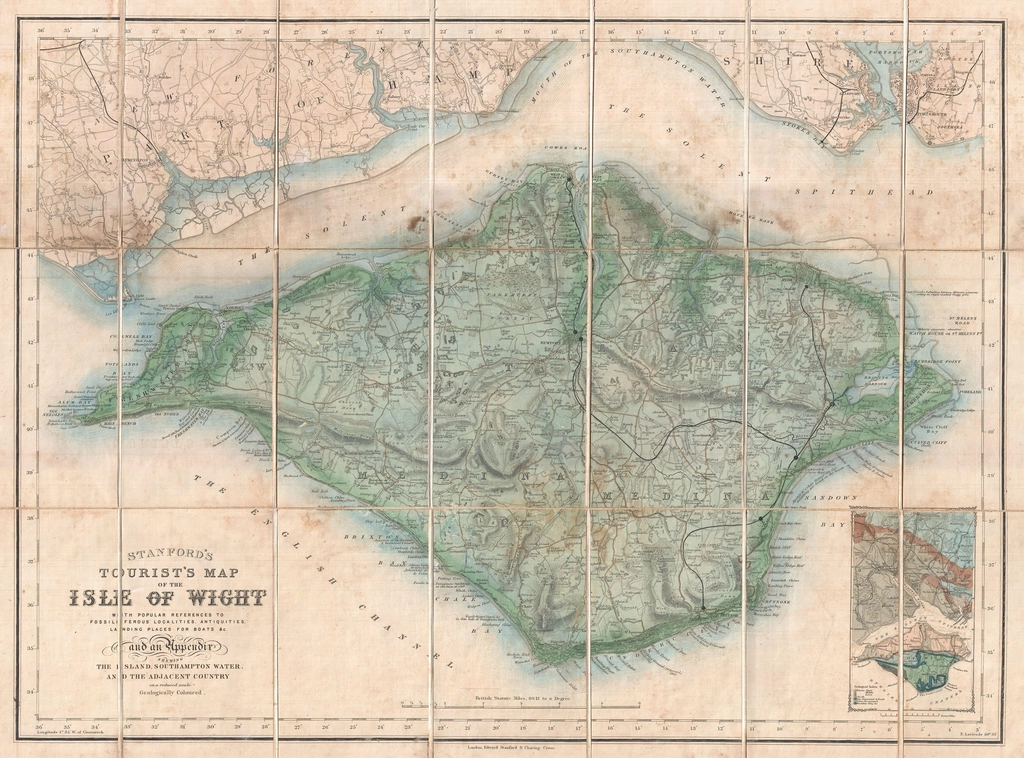
Plantation and slave owners in the English colonies resented the sanctuary that Spanish Florida afforded escaped slaves who successfully made their way to St. Augustine, which became a focal point for the first Underground Railroad. There, escaped slaves were given their freedom by the Spanish Governor if they declared allegiance to the King of Spain and embraced the Catholic religion. In 1738 the first legally sanctioned free community of former slaves, Gracia Real de Santa Teresa de Mose, was established as part of the presidio’s northern defenses. Called Gracia Real de Santa Teresa de Mose (later Fort Mose), the place is considered the first legally sanctioned free black town in United States history. Within the town, the Spanish also organized a militia of former slaves to help defend St. Augustine from British attack, which is exactly what the militia did in the Battle of Bloody Mose. This wasn’t just about freedom – the Spanish were brilliant enough to turn escaped slaves into defenders of their own city. In 1738, the governor of Spanish Florida, Manuel de Montiano, ordered a settlement be constructed two miles north of St. Augustine for the growing Free Black community established by fugitive slaves who had escaped into Florida from the Thirteen Colonies. This new community, Fort Mose, would serve as a military outpost and buffer for St. Augustine, as the men accepted into Fort Mose had enlisted in the Florida militia and converted to Catholicism in exchange for their freedom.
Changing Flags Like Musical Chairs
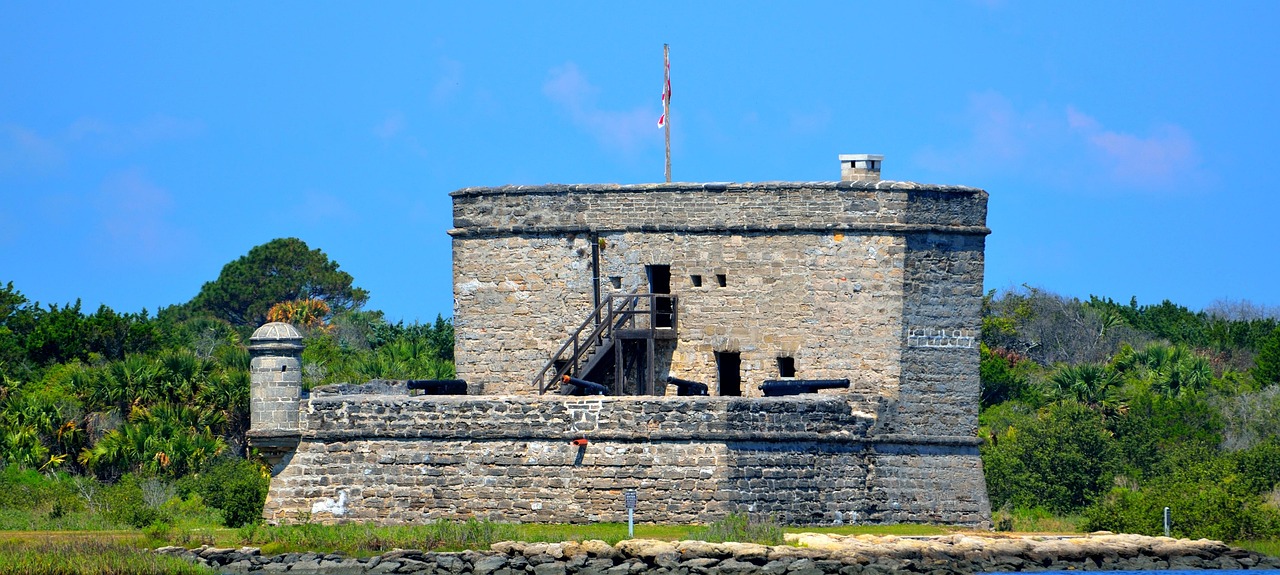
Possession of this coveted St. Augustine fortress changed six times throughout history. All transitions were peaceful and spanned four different governments including the Spanish Empire, the Kingdom of Great Britain, the Confederate States of America and the United States of America. Spain and the United States both held ownership twice. In 1763, Florida became a British colony by signing the Treaty of Paris, thus beginning a 20-year period of English rule. The Spanish controlled St. Augustine from 1565 until 1821, except for a brief period of English rule between 1763 and 1783. St. Augustine became part of the United States in 1821 when Spain peacefully turned its Florida territories, which had become a financial burden, over to the Americans. In 1819, Spain signed the Adams–Onís Treaty which ceded Florida to the United States in 1821; consequently, the fort was designated a United States Army base and renamed Fort Marion, in honor of American Revolutionary War hero Francis Marion. No wonder the architecture looks like a cultural mixtape – this place has been everyone’s.
The Tycoon Who Made It America’s Playground
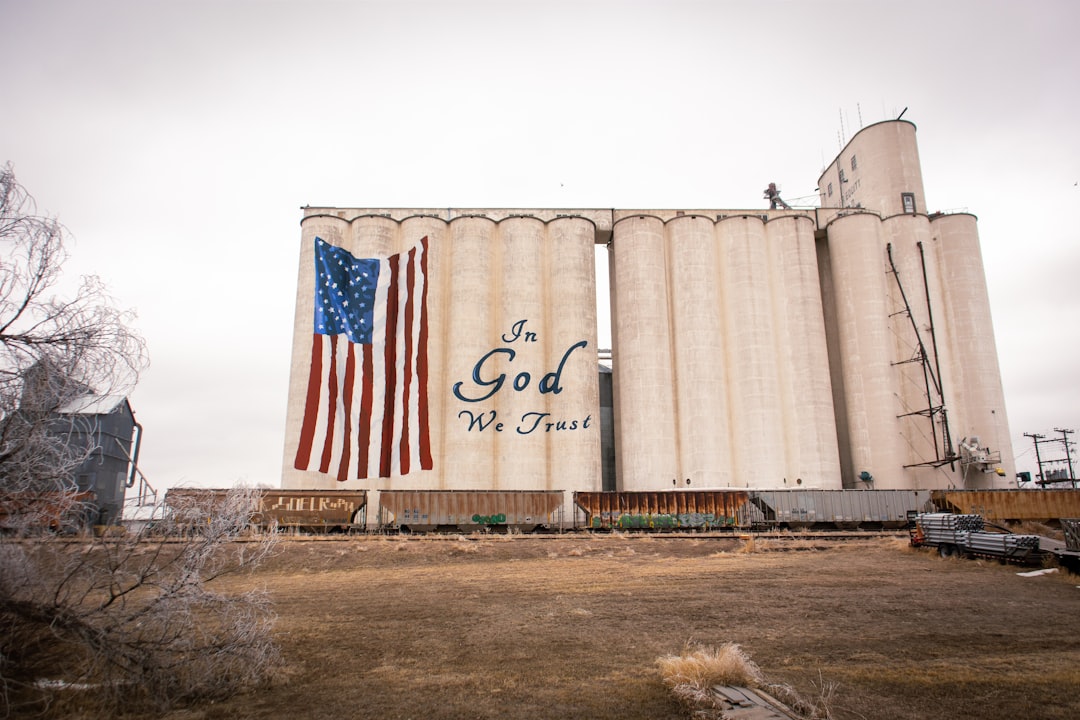
Henry Flagler, a man who made his fortune in the oil business, sought the warmer climes of St. Augustine as a respite for his ailing wife. He immediately saw massive potential in this small town as a vacation hotspot for wealthy northerners and proceeded to invest heavily in St. Augustine’s infrastructure. In the 1870s, American industrialist Henry Flagler, a founder of Standard Oil, decided to build three world-class hotels — Hotel Ponce de Leon, Hotel Alcazar and Hotel Cordova — for rich visitors. “He saw that wealthy northerners have discovered that St. Augustine had warm weather and sunshine in January, which New York did not have,” Graham says. With the opening of the Ponce de Leon in 1888, St. Augustine became the winter resort of American high society for a few years. When Flagler’s Florida East Coast Railroad was extended southward to Palm Beach and then Miami in the early 20th century, the wealthy stopped in St. Augustine en route to the southern resorts. Flagler basically invented Florida tourism, and St. Augustine was his testing ground. His most important contribution, however, was the building of the Florida East Coast Railway that initially extended from Jacksonville to the north to St. Augustine with its terminus eventually reaching hundreds of miles south to Key West.
A Small City With Ancient Streets

It had a population of 14,329 at the 2020 census, up from 12,975 at the 2010 census. Today, St. Augustine is a relatively small town. It covers 10.7 square miles (27.7 square kilometers) and has a population of about 15,000. Throughout the modern city and within its Historic Colonial District, there remain thirty-six buildings of colonial origin and another forty that are reconstructed models of colonial buildings. St. Augustine can boast that it contains the only urban nucleus in the United States whose street pattern and architectural ambiance reflect Spanish origins. “We have a plaza, and we have streets laid out in a grid in a traditional Spanish, and before that, Roman style,” Graham says. “The streets are still here, the narrow streets, the small city blocks, and they survive as a part of the oldest part of St. Augustine.” Walking these streets is like stepping into a time machine – the layout hasn’t changed much since the 1500s. The 16th century Plaza de la Constitución still sits at St. Augustine’s center – the metaphoric heart of the strong Spanish heritage thoughtfully preserved throughout the city. Set among the network of narrow, sometimes winding streets, the district’s existing architectural heritage spans nearly 300 years, but the district and the city are most renowned for the early Spanish colonial buildings.
The Melting Pot That Existed Before America
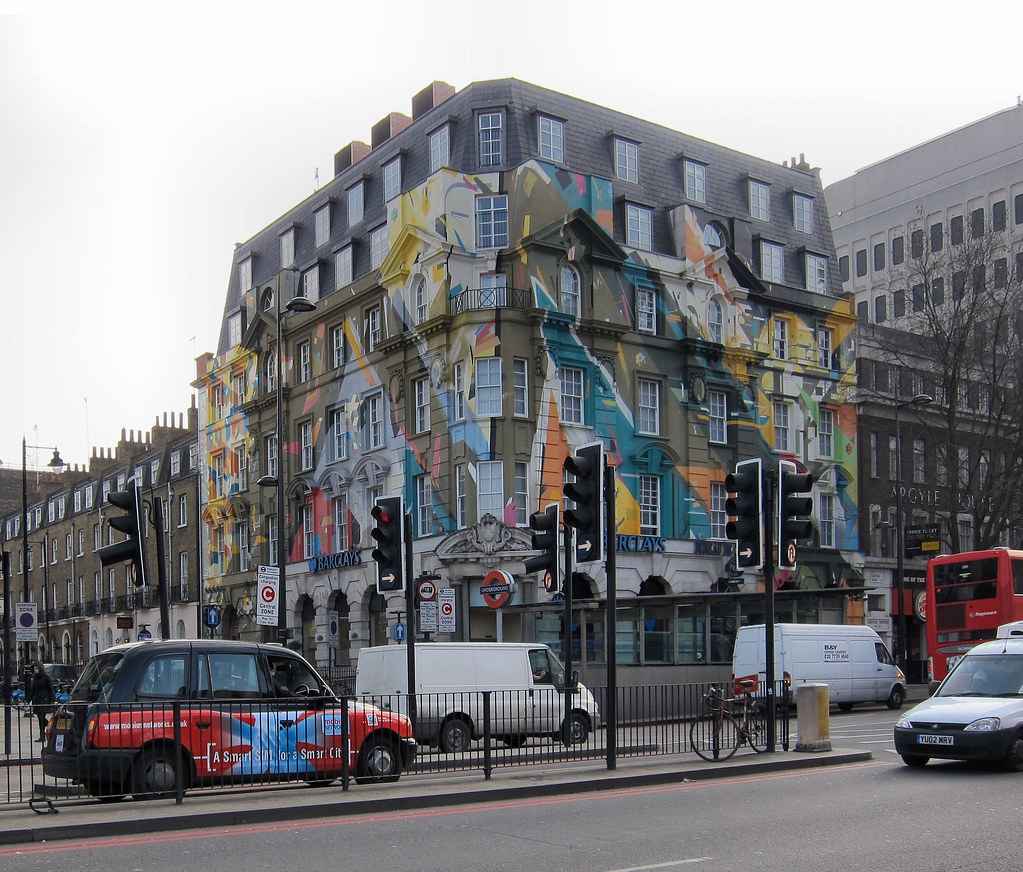
By the late 1700s the town’s population was made up of Spanish, British, African and Mediterranean people. Greek and Minorcan Culture – In 1777, Spanish St. Augustine welcomed 600 men, women and children of Mediterranean descent from a failed indigo plantation in New Smyrna. These new St. Augustine residents were Greek, Italian and Menorcan, who survived a period of indentured servanthood at a plantation established by the Scottish physician Andrew Turnbull as an economic endeavor for Britain. By the end of the sixteenth century a significant portion of St. Augustine’s inhabitants were criollos (people of Spanish descent who were born in America), Indians, Africans or of multiracial parentage. A great many Spanish soldiers married Indian women, which, by 1565, was already a long-established practice throughout the earlier Spanish colonies in Mexico and the Caribbean. This tradition deeply influenced the nature of everyday life in St. Augustine throughout the Spanish period. This place was multicultural before America even had a concept of what that meant. St. Augustine’s 450 plus years of history have been built and sustained by a diverse population. Through three centuries of Spanish occupation and decades of British occupation, this coastal city has survived pirate attack, war, disease, famine and the turbulence of political change to stand today as the oldest city in the Nation.
Hidden in Plain Sight
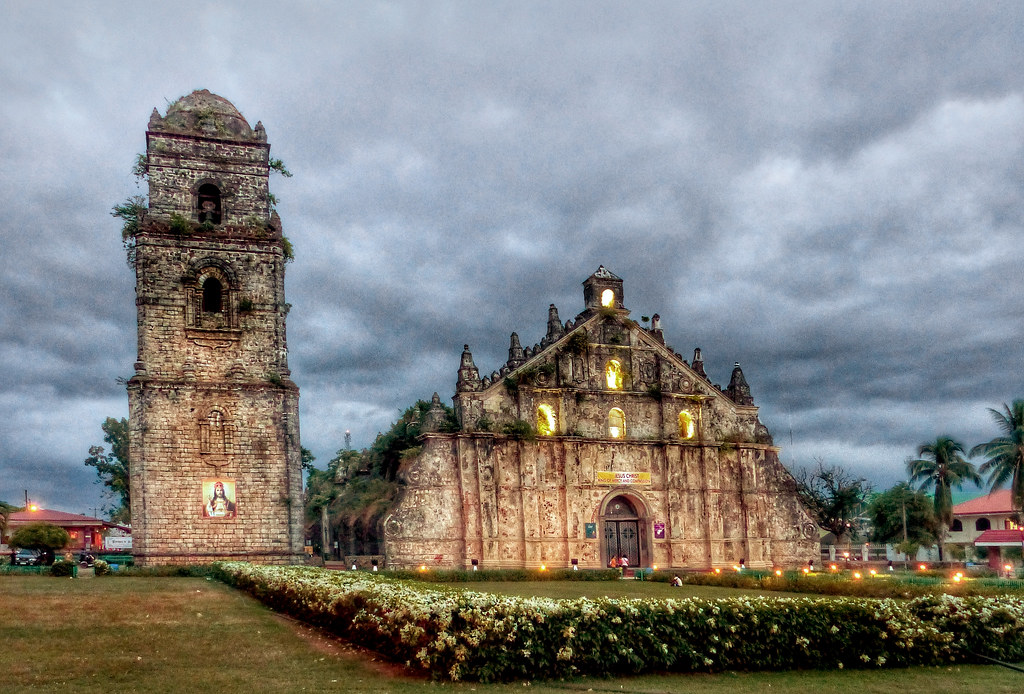
And yet, despite its status as the oldest continuously occupied settlement founded by non-Indigenous residents in the United States, St. Augustine is rarely mentioned in American history classes. “I think it’s because it’s Spanish colonial history that we’re talking about,” says Nancy Sikes-Klein, mayor of St. Augustine. That distinction belongs to St. Augustine, Florida, established by the Spanish in 1565. Today, St. Augustine survives as the nation’s oldest continuously occupied city, and is now gearing up for its 450th birthday bash.

